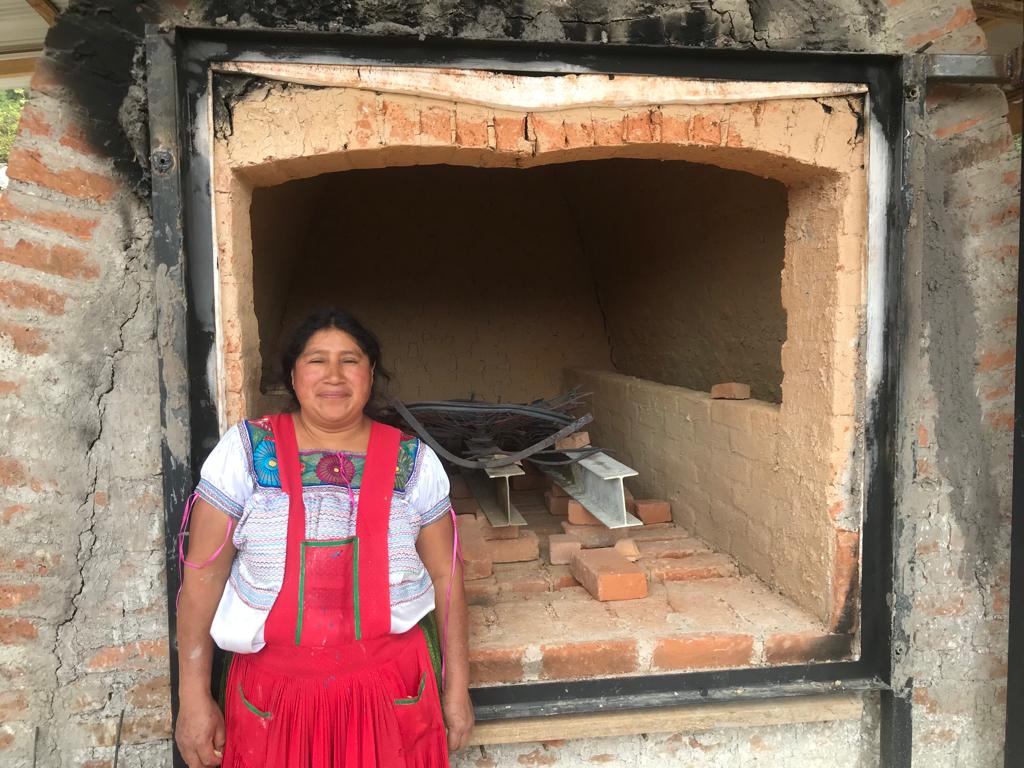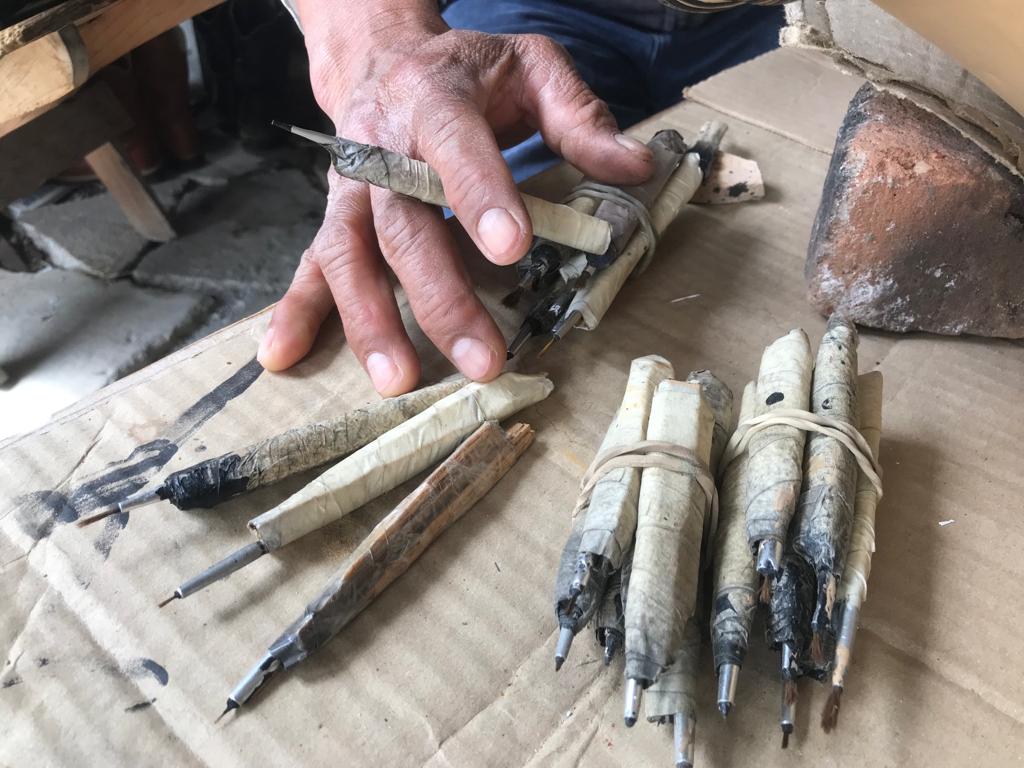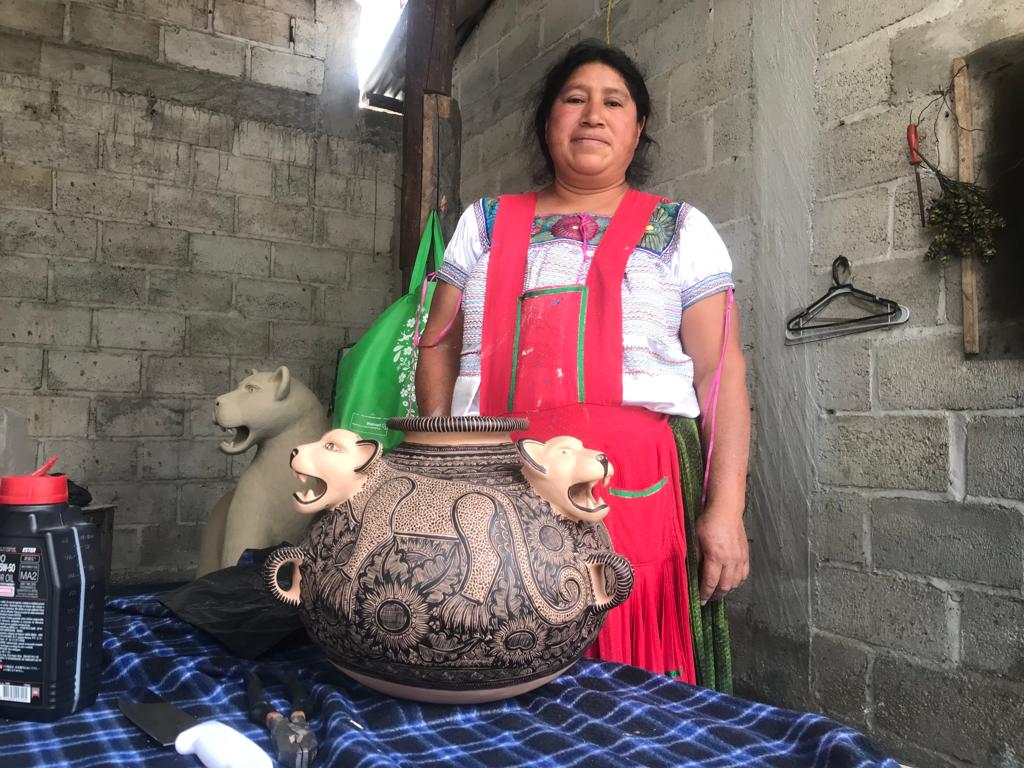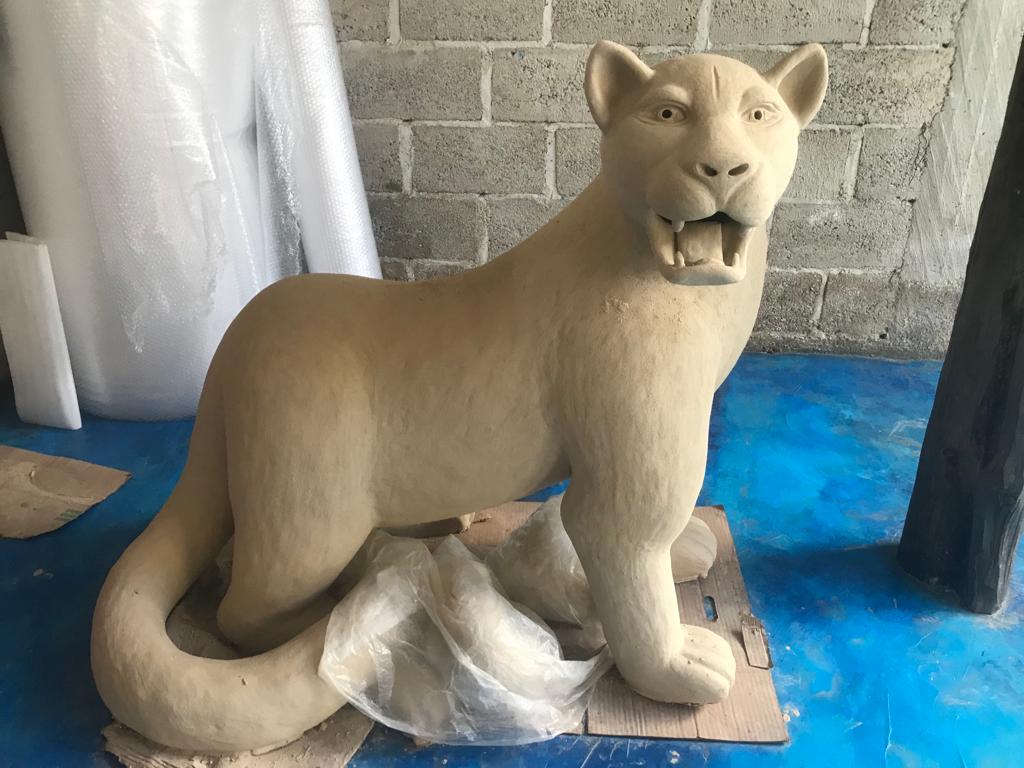Like many women from the town of Amatenango del Valle, in the southern Mexican state of Chiapas, Juana Gómez Ramírez learned the art of working with clay as a young girl. She has since become one of the most talented alfareras in the country, known for her signature jaguar sculptures.
A keen sense for the natural movement and poise of her feline subjects is apparent in each of Juana’s pieces. Jaguars no longer roam the forests around Amatenango, yet she manages to capture them in remarkably lifelike poses: snarling and poised to attack, or serenely seated. “I dream about the animals. It is no longer necessary for me to look at a photo, because I have it in my mind,” she said of the inspiration behind her work.

Ten years ago, Juana’s meticulous eye for detail drew the attention of the Banamex Cultural Fund, an NGO that promotes Mexican artisanship by facilitating workshops and exhibitions around the country.
Her renown spread even further afield after her work appeared in the Libro de Grandes Maestros del Arte Popular Mexicano (the Book of Grand Masters of Mexican Popular Art). Since then, orders have been pouring in from around the world, and the workshop she and her mother founded 25 years ago has grown into a thriving family business.

Juana’s work draws on a rich history of pottery artisanship in Amatenango. The town was established in pre-Hispanic times by indigenous Tzeltal people, whose language and customs still flourish there today. Juana herself only recently became fluent in Spanish. She wears traditional brightly coloured huipil dresses. Pottery has long been a traditional occupation among Tzeltal women, although it used to serve purely practical purposes.
“Thanks to our ancestors, those who came before us, we have a blessing in the form of the land they left us,” Juana said. “That is where we began to improve the quality of the work. The people used to make only utilitarian things, to store water. With my mother, we began to make decorative pigeons and hens, using only natural pigments for color.”
The gallery attached to the workshop still displays these ornamental birds, as well as bowls and other ornamental items, but the jaguars are the main attraction. Some appear nearly life-size, either matte black or ochre, adorned all over with carefully painted markings. There is no shortage of demand for Juana’s work; she has a lengthy waiting list of buyers eager to obtain a statement piece of decor.

Her workshop’s success has gone a long way towards overturning the traditional view of pottery as women’s work. As well as the women of her family, Juana has several of her male relatives’ skills required to model and finish pieces. “With my two brothers, son, and brother-in-law, we realized that we could have more of a diffusion among the family,” she explained. A total of thirty people now help out with the day-to-day running of the workshop.
Even with so many skilled hands at work, the process of creating a single sculpture can take more than three months. “For a big jaguar, it takes two to three weeks just to make one paw, because we make it hollow,” Juana explains. “We make it piece by piece and then join them together.” The sculptures are then left to stand until they are firm enough to be fired; a time-consuming process which involves gradually stoking the heat to make sure the clay is baked through. The largest kiln at Juana’s workshop can reach temperatures of up to 800°C.
The use of closed kilns is relatively new to Amatenango – local alfareras traditionally fired their earthenware outdoors over open fires. Modern pottery techniques like these allow the artisans to produce more durable and intricate pieces, without losing the essence of their traditional craft. Juana still uses the same natural, locally sourced materials that Chiapan artisans have used for generations.

“The clay we use is from the pueblo, because that is also part of our heritage,” she says. This clay cannot be molded straight from the ground – it goes through a time-consuming process to achieve the right consistency. Once it has been excavated, it has to be wrapped and left to stand in the workshop for up to two years. The final step involves mixing in fine sand to make the clay smooth and malleable.
Juana’s success is a testament to the enduring popularity of hand-crafted artisanry, even in an industry saturated with factory-made alternatives. Through her dedication to quality and education, she is paving the way to ensure that Amatenango’s pottery remains a valuable source of income for the community – one that allows them to maintain a way of life that has long been threatened by outside influences.
Sita Bates, for Times Media Mexico
TYT Newsroom


